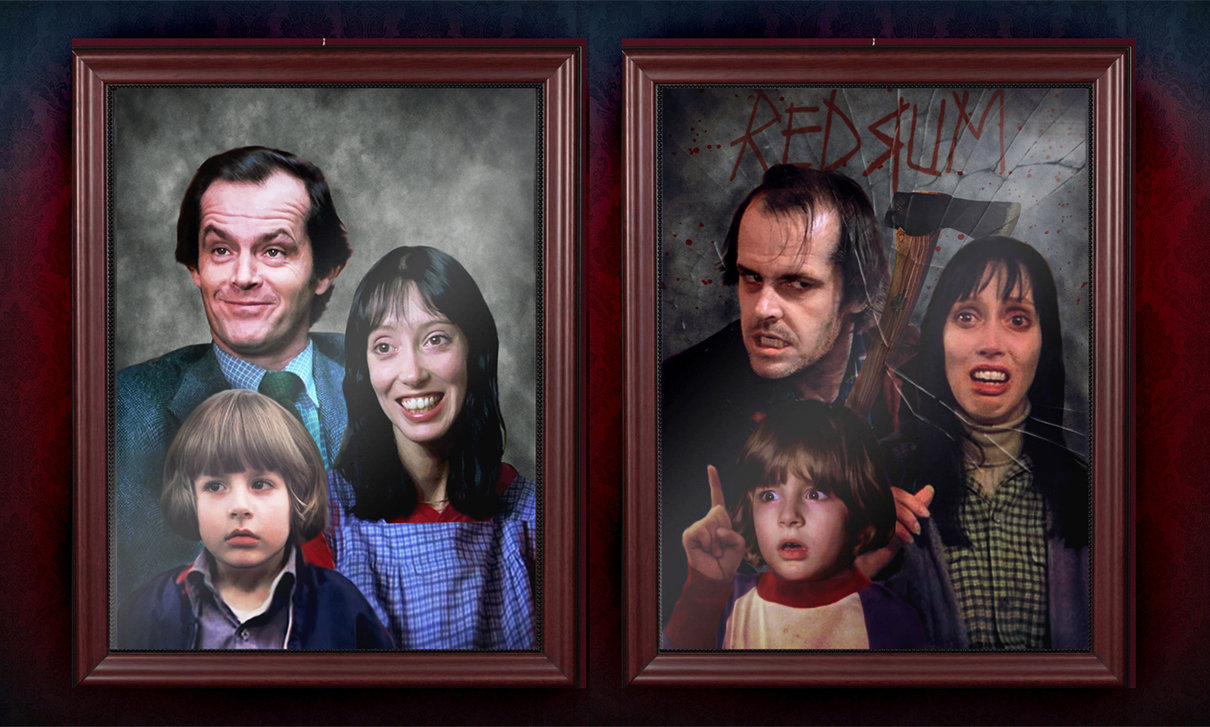
It has been 45 years since *The Shining* premiered. In spite of the countless horror movies featuring high body counts and startling visuals that have emerged since, this film continues to be distinctively terrifying. How did Stanley Kubrick evoke such a sense of creepiness from a plain hallway? By presenting it as Uncanny.
The idea of the “Uncanny” is frequently analyzed in connection to robotics and digital animation, like the disconcerting sensation from the characters in *The Polar Express*. The Uncanny encompasses a blend of fear derived from the familiar and the unfamiliar, leading to profound discomfort. This concept isn’t confined to robots; it can also pertain to phantoms, doppelgängers, reflections, and even human features.
The Uncanny often includes humanoid figures that don’t fully align with our anticipations, inciting anxieties related to identity, mortality, and childhood terrors. This idea can also apply to locations. Think of an abandoned mall: designed for crowds and clamor, yet now vacant and quiet, it feels unsettling.
Kubrick effectively portrayed this sensation in *The Shining*, which takes place in a hotel that is out of operation for the season. The Overlook Hotel’s vacant corridors and chambers are disquieting because they contradict our expectations of a hotel. Unlike standard haunted houses, the Overlook does not overtly exude spookiness. Kubrick achieved authenticity by meticulously recreating actual hotel environments, to the very inch, resulting in a setting that feels recognizable yet disturbingly askew.
Even after 45 years, the ambiance of the Overlook continues to resonate. While the woman in the bathtub and the twins are indeed terrifying, the most striking moments include the extended hallway views, the resounding emptiness of the Colorado Lounge, and the pervasive sense of discomfort in the seemingly ordinary Overlook Hotel.
Does *The Shining* persist in disturbing your dreams, or has it lost its edge in the horror genre? Contribute your opinions in the comments!